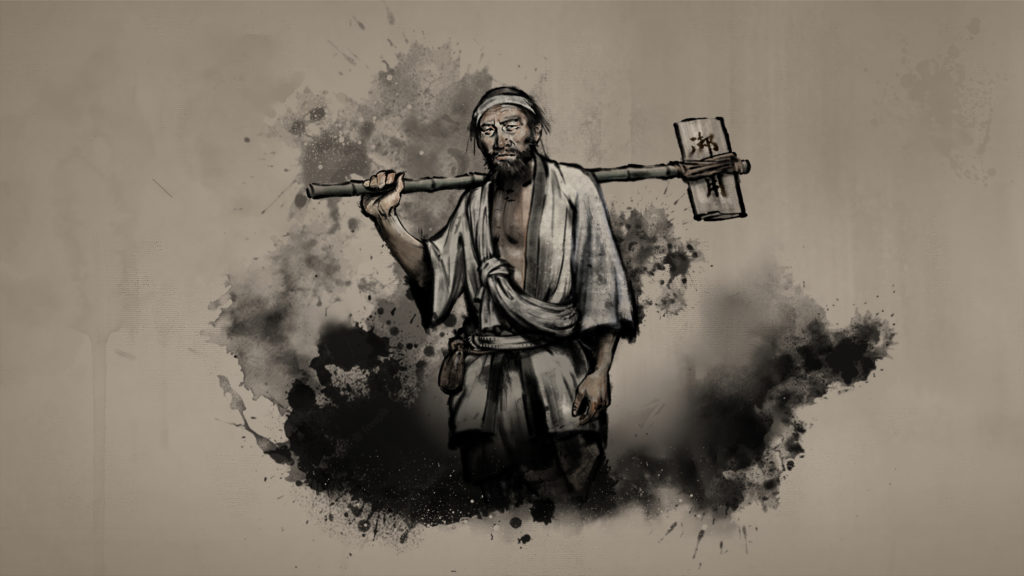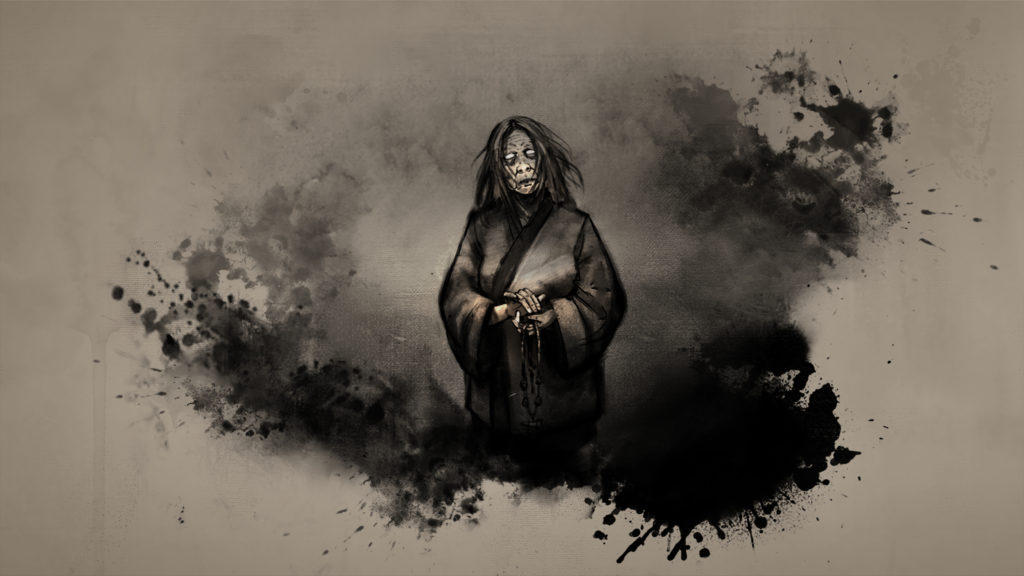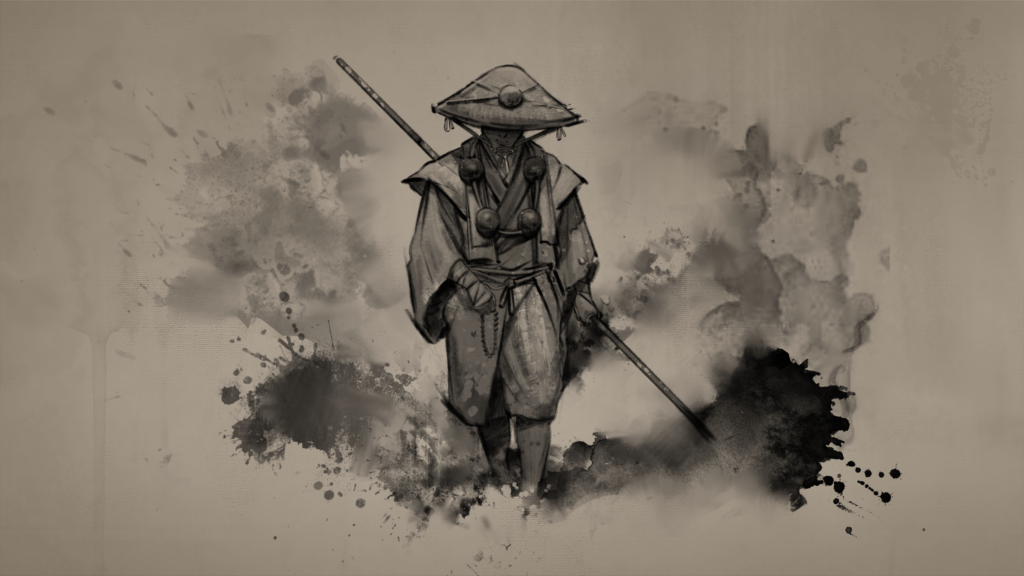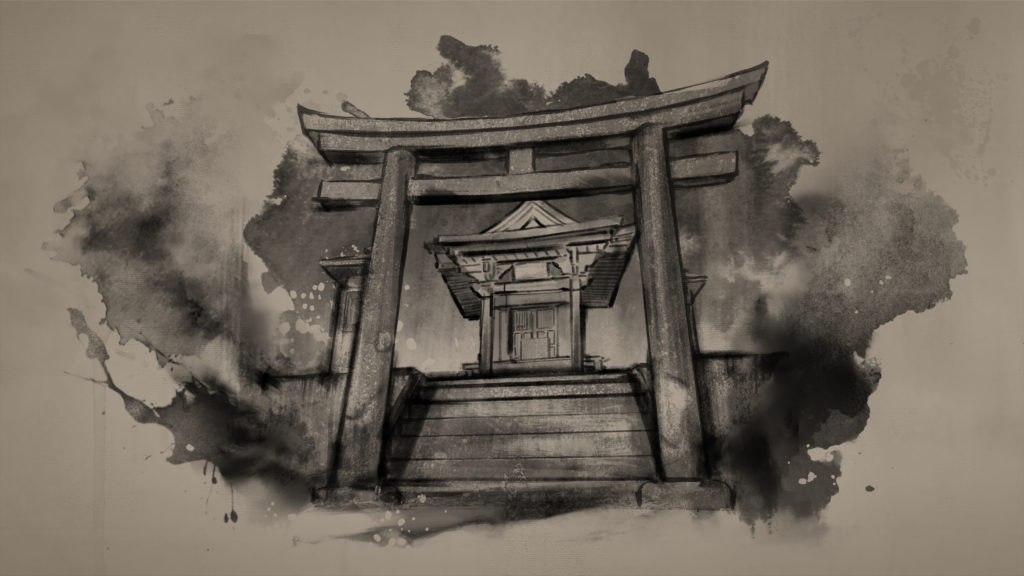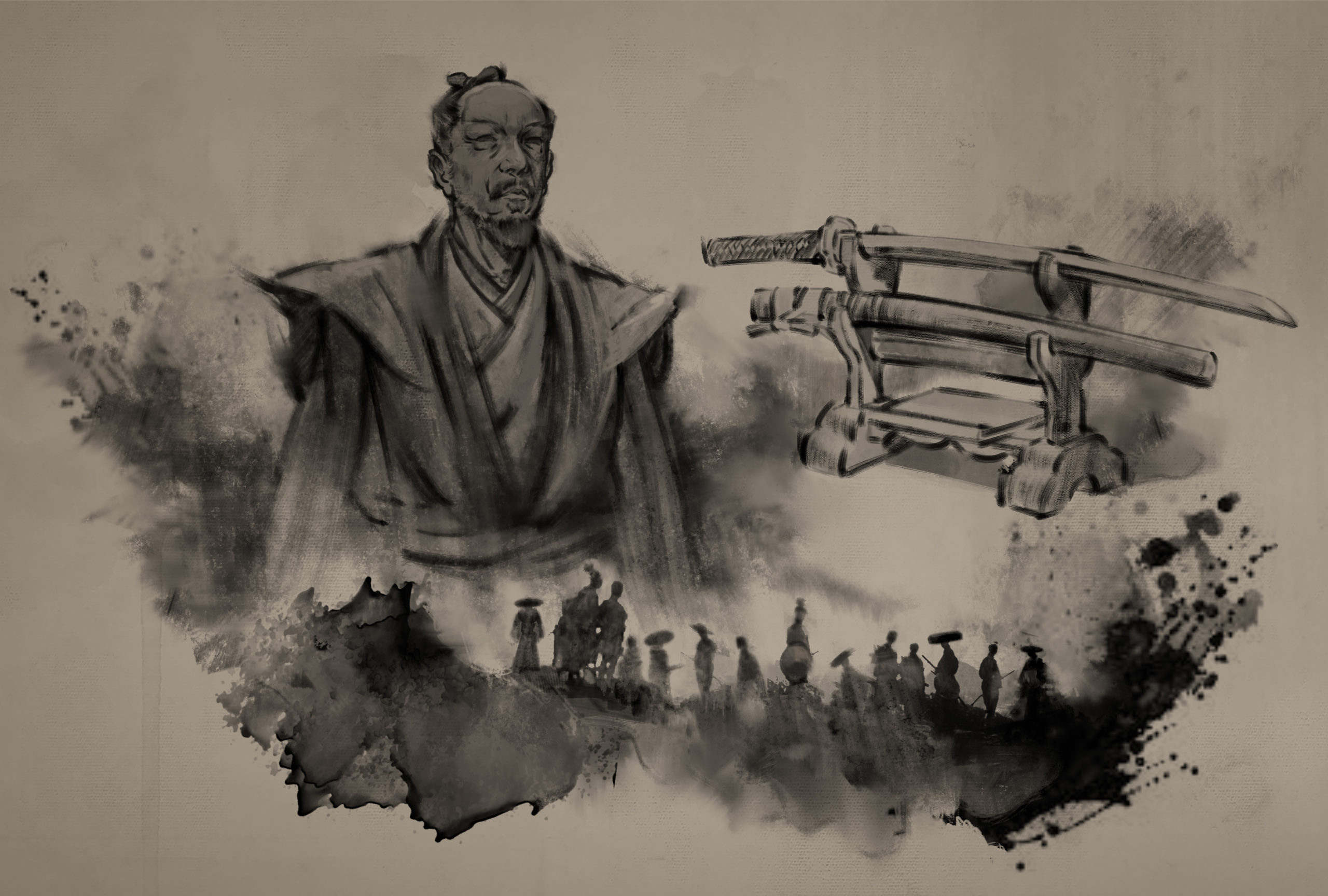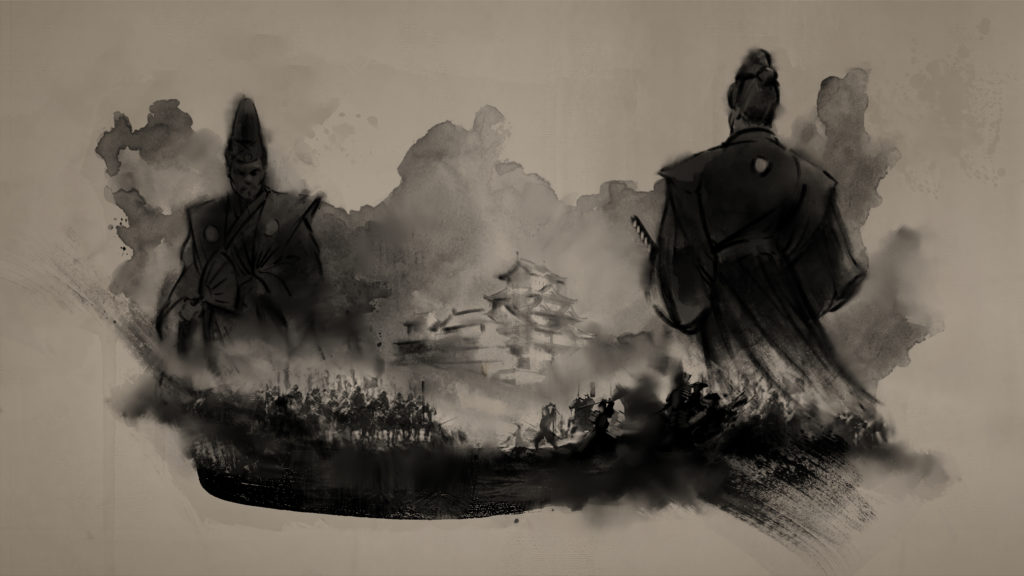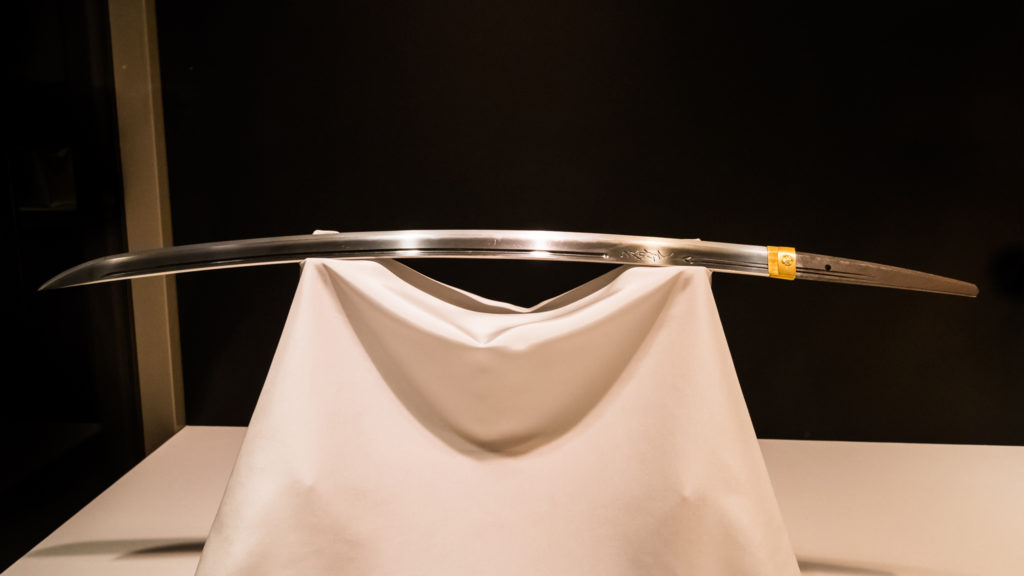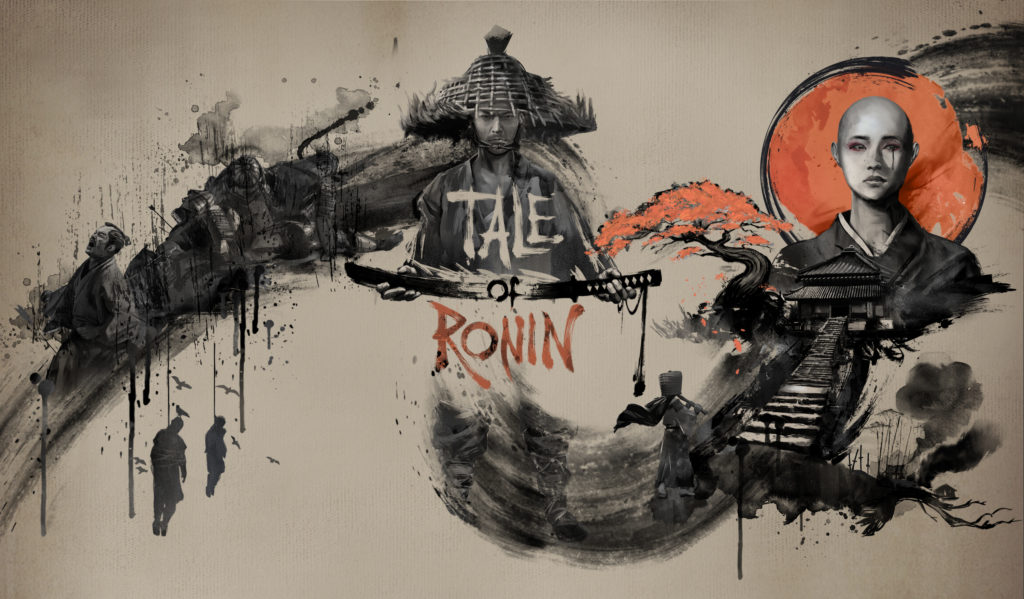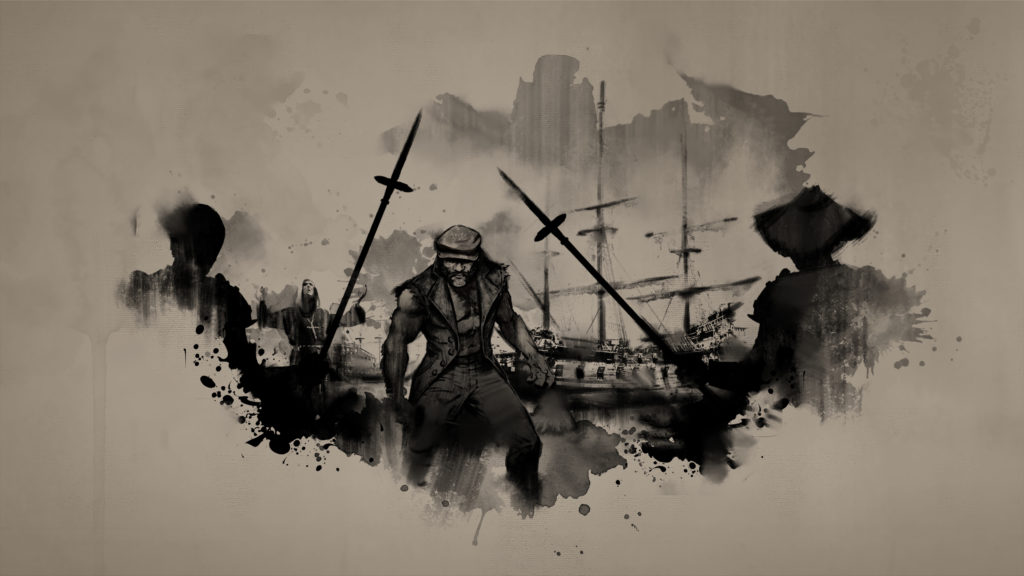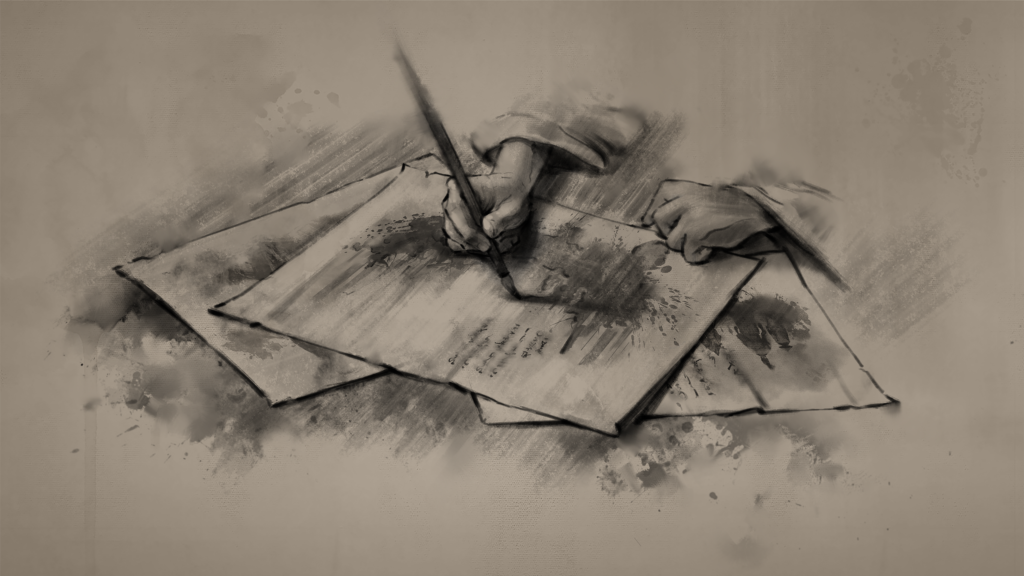Hikyaku: The Quick Couriers of Japan
Early on in the history of Japan, a unique and complex network was created to ensure the speedy delivery of letters and items. This system was made possible by using fast messengers, called hikyaku. These fast-moving couriers became a vital part of Japanese society. The origins of hikyaku can be traced back to the Heian …
